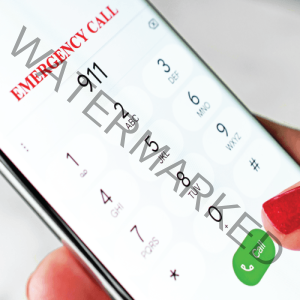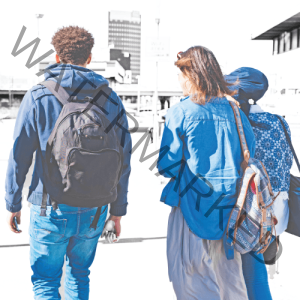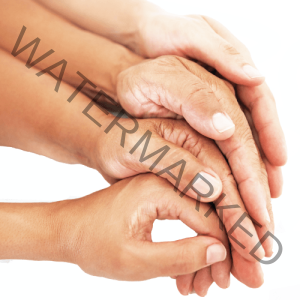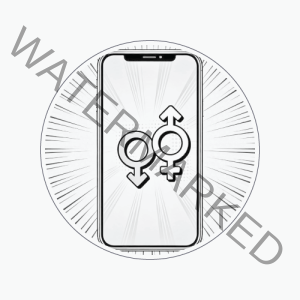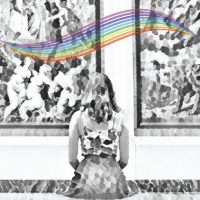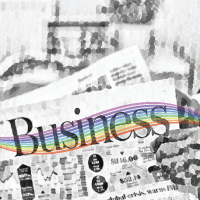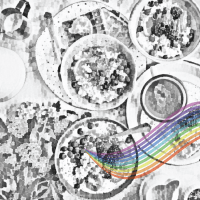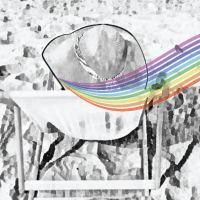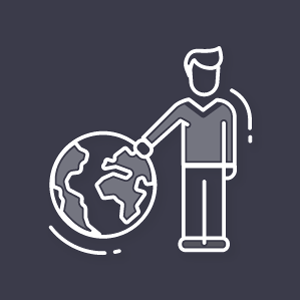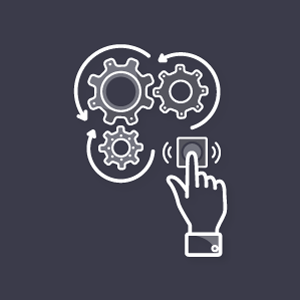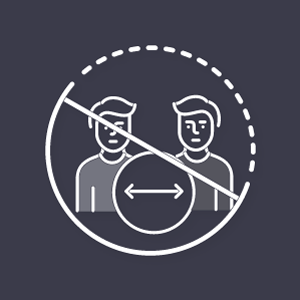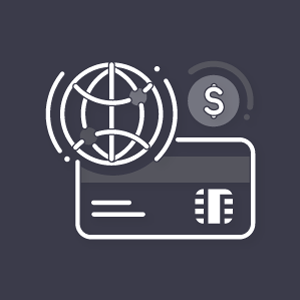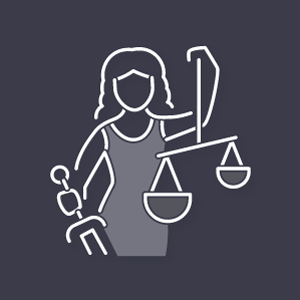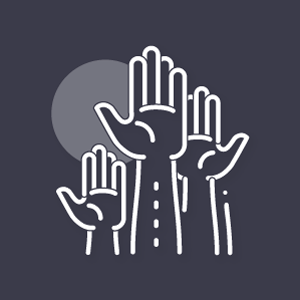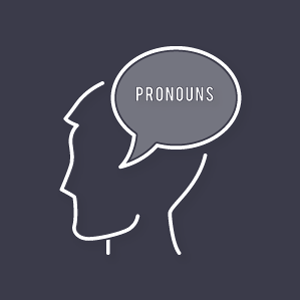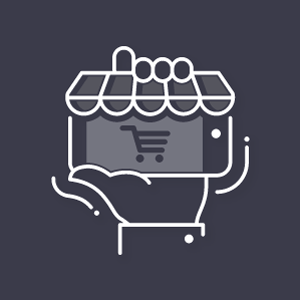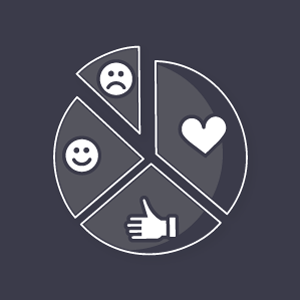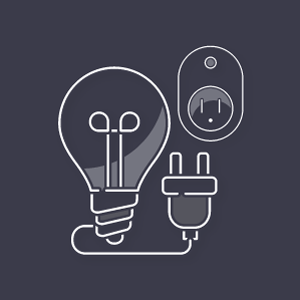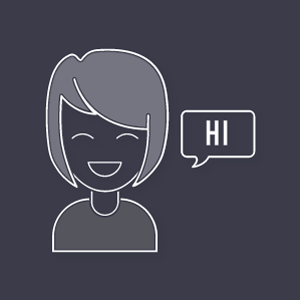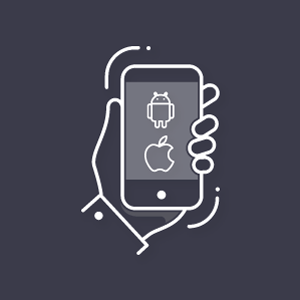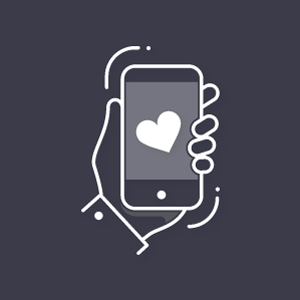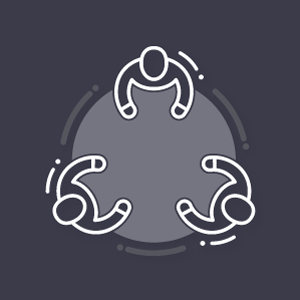
Gay Apps:
Are mandatory member verifications a good idea?
- Atilla Tiriyaki
- Average Reading Time: 9 minutes
- Community, Gay, General, Lesbian, Same-Gender Loving
- apps, articles, atillat
Since the introduction of smartphones in 1992, our reliance on our phones and technology has grown. For large numbers of people, these devices have become an essential tool used within their daily lives. With touchscreens and microprocessors, smartphones enable us to load apps that help us with specific tasks and activities, from managing our finances to communicating with friends worldwide. The apps available on smartphones have dramatically increased from a handful in 1992 to over 2 million applications that are currently available worldwide, all in various languages and various operating systems (IOS, Android, etc.).
It is hard to ignore that smartphones have changed people’s lives and behaviours. Some even treat their phones as a precious extension of themselves. The thought of being without their phone, even for a moment, fills many with anxiety, causing a recognised condition. The condition known as Nomophobia relates to the fear of being without a mobile phone or signal. It is undeniable that smartphones have changed people’s lives. However, for the LGBTQIA+ community, it has dramatically changed the way people communicate, how they meet similar people and the sexual lives of many within the community.
Before apps, such as Tinder, Her, Grindr, Growlr, Moovz and the hundreds of other speciality apps catering to the LGBTQIA+ community, many individuals only had a few, often risky methods available for meeting other similar people. Visiting gay bars and clubs was one option; however, for many, the idea of going to a bar or club, let alone a gay one was a daunting idea. The popular or more common method was often cottaging or visiting areas where LGBTQIA+ people would be known to hang around, typically looking for sex. Many of these encounters would usually occur in public places, such as parks, restaurant bathrooms, and public toilets. However, the risk of being caught was high, so was the possibility of catching a sexually transmitted disease (STDs).
Then came the internet; from the early dial-up connections with services such as CompuServe and AOL to email services, it changed the way we discovered and hooked up with one another. Many LGBTQIA+ individuals could now join forums and specific lists talking to like-minded people around the world. Early computers were expensive and dial-ups slow; however, it wasn’t until the introduction of smartphone apps that things became affordable, accessible, and convenient.
So how do the smartphone apps typically work? You start by creating a profile, often with a username (typically a nickname) and your email address (from an email account from services such as Outlook, Gmail, or other paid or free services). Finally, you are required to confirm that you are over 18 years of age, typically by adding your date of birth. You can add in additional information about yourself, including photographs; however, those three pieces of information are typically the minimum you must enter to create an account. Once you are registered, you will then be placed on a grid with other people around you.
These applications will typically tap into your phone’s GPS (your physical location) and identify people by their distance from your current location. The distance can be anything from a few feet (meters) or hundreds of miles (kilometres). It will only show people who also logged on or who were recently online. Once you see someone you like or are attracted to, you can swipe, ping the user, or say ‘Hi’. If the other person is interested, they will communicate back; it is that simple. Though the apps use case is often sexual by nature, people typically also use them to make friends and talk to similar people worldwide.
The popularity of such apps has also seen harmful and criminal activities carried out on these popular services, often abusing the apps primary purpose. One such activity is catfishing, where an individual pretends to be someone else or hides their true identity. They build online relationships with other users who believe them to be someone they are not. Only to either ghost (delete and disappear) or confess that they have been lying to them all along. Though serious, there are even more criminal activities carried out, including blackmail, ransoming and assault.
Given that it is currently not possible for app providers to verify users, individuals can create fake accounts. Often, using throw-away email addresses, phoney date of births and using other people’s pictures. Once they are online, they begin talking to other users. Building trust with others over time, finally getting them to either expose intimate details or photographs to blackmail them or, worse, luring them to an address to be physically or sexually assaulted. Many believe that the more serious crimes do not occur that often; however, the sad reality is that many of these crimes will go unreported. Many LGBTQIA+ individuals find it challenging to come forward or simply because they do not trust the authorities, making it hard to estimate the size and scale accurately.
To safeguard the users of many LGBTQIA+ related apps, developers are researching the possible introduction of a verification process. A new stage or series of steps which will likely occur either during or after registration. Users will still provide the same or similar information to what they do now when creating an account. However, to verify the age and identity, they will also likely be required to provide a small payment or upload some form of official identification. Many online users have welcomed these measures to reduce misuse and abuse; however, there are also more significant concerns around how it might work.
Anyone who has ever been catfished, blackmailed or even worse, been assaulted would likely welcome the move. However, many people, especially those in authority, do not fully understand how people are being tricked into providing intimate details or putting themselves in the situation in the first place. The reality is that catfishing plays on our simple desires and fears, the desire to be wanted and the fear of not being alone. It starts with attraction, a picture from a person you find physically attractive, followed by a conversation that makes you feel special.
The promise of a better future, painting a picture where you fill in the gaps to make it the perfect vision of your dream. Typically, they create a world where you are at the centre, with your desires supporting the narrative. The prospect of the meeting becomes a fear. What if it is not as perfect as I imagined, or they are not what I imagined, followed by let’s meet once we know each other better. These types of relationships are built up over time. Once you let down your guard and start revealing intimate details, that is when the true nature of the relationship is exposed. Pay or else, come and meet me at my hotel as I am in town. Now that isn’t to say that all online relationships are not genuine. Some people meet and go on to form long and meaningful relationships.
The biggest concern from many around user verification relates to the handling, security and administration of financial or identity documentation. These new measures would likely require users to hand over bank or credit card information and personal identification, which would probably be stored within the servers and offices of those that administer the apps. Questions are often raised, such as, what measures will these companies adopt to keep personal information safe? Or how might the information be used after the verification process? The companies or individuals that manage the apps could potentially be located anywhere worldwide, possibly in multiple domains. Even in countries where data protection may not be as strict or in jurisdictions where any breaches or fines are not be enforced.
Some might be located in countries where they do not necessarily need to comply with data protection laws. However, they might still decide to improve their infrastructure, which would increase the costs for their service. Data security is an important concern, especially in light of some highly publicised data breaches, where having your name and email address being compromised is one thing. However, having your ID card or passport taken is an entirely different ball game. Many apps have heightened their security measures and infrastructure to protect from such breaches. However, with more personal and sensitive data likely being stored on these services, they would need to do more to safeguard their users and data.
The reality is verification would likely come at a cost, inevitably reducing the number of users from low incomes or third world countries from using the service. The check itself would probably scare people who live in countries where same-sex related activities are classified as illegal. The risk is that they could be detected and prosecuted by using the service, resulting in prison or worse in a death sentence. The reality is, the more hurdles people have to go through, the higher the risks become for some. Many would likely be put off and even delay the process of them coming to terms with their sexuality or gender identity. The last concern is around the legal jurisdiction of the data, especially where the company or individual is located in a country where records can be seized, or extradition treaties are in place. A government can subpoena these services providers to provide the information relating to users on their service from a specific country or region. They can use different guises to get the data, raising the stakes when the request comes from antiquated regimes. The consequences to the users could be severe, even life-threatening.
The pros and cons of user verification are balanced and equally as important; however, maybe there is a middle ground. Typically, offering an optional verification process, unlocking additional features within the app also limits what unverified users can do. Those not at risk or happy to share their information would have the ability to show that they have been verified. At the same time, apps could introduce a new reporting feature to highlight any user, verified or not, who are not what they seem, warning other users. A verified user would give other users confidence that they are speaking to a real user. At the same time, having the unverified option would also allow people coming to terms with their sexuality the freedom to explore and those fearful of persecution the ability to retain their anonymity.
Whether you are in favour or against the verification process, it is important to remember that not everyone globally has the same rights and protections under the law. With a quarter of the worldwide LGBTQIA+ community living in countries where their sexuality is deemed illegal, their concerns are real, and their safety is of paramount importance. The need for anonymity should also not allow some to abuse the trusting and vulnerable nature of many users. The reality is that no one solution fits all, but a compromise could achieve the desired outcome.

